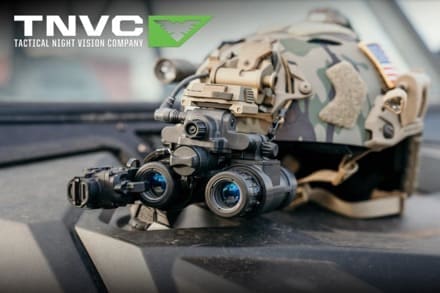Alright, I have messed with it. I went out around 3am to do so. Mode and setup matters a lot. I found that "arctic" and "auto brightness" "anti-lag ON" and "White hot" "outline" was the winning combo. Very very little interference from other things, and it lit up very well everything I saw, including flying bats, etc.
Like Dogtown, I found full thermal to be "meh". High Contrast was okay, but outline was where it was at for me. Detect with TAD, engage with NV/MFAL.
I run it on the left pod as I can roll the right pod up to get on scope and still have thermal/NV, as well as passive aiming not being a threat to bumping the projector arm on my NX8. It conveniently tethers to the ARNVG pod.
I managed to murder a possum that was trying to kill one of my baby chickens using this setup and a suppressed .22 pistol. Initially I was inside when I heard my dog after it, and I ran out ASAP with my m4 and a light on it, not knowing what was happening or what was the cause (Coyote, bear, who knows?) I looked under white light for 5 minutes or so and couldn't see the problem, although I found a chick with a minor wound that had flown from where it was roosting.
I went back out with my ARNVG's and TAD and immediately the piece of shit was visible in a nearby tree. I lit it up with a .22 pistol, suppressed.
All in all, I don't want to focus on the fact that I spent $20K to kill a possum, I'd like to focus on how well this thing works!
Gratuitious pic of my dog with one of his favorite hens. They are both around 6-7 years old and he has protected her from coyotes, hawks, raccoons, and possums. He's an awesome goodboy, and helped me shoot a coyote this last weekend that was after the hens. Shameless plug for him!


